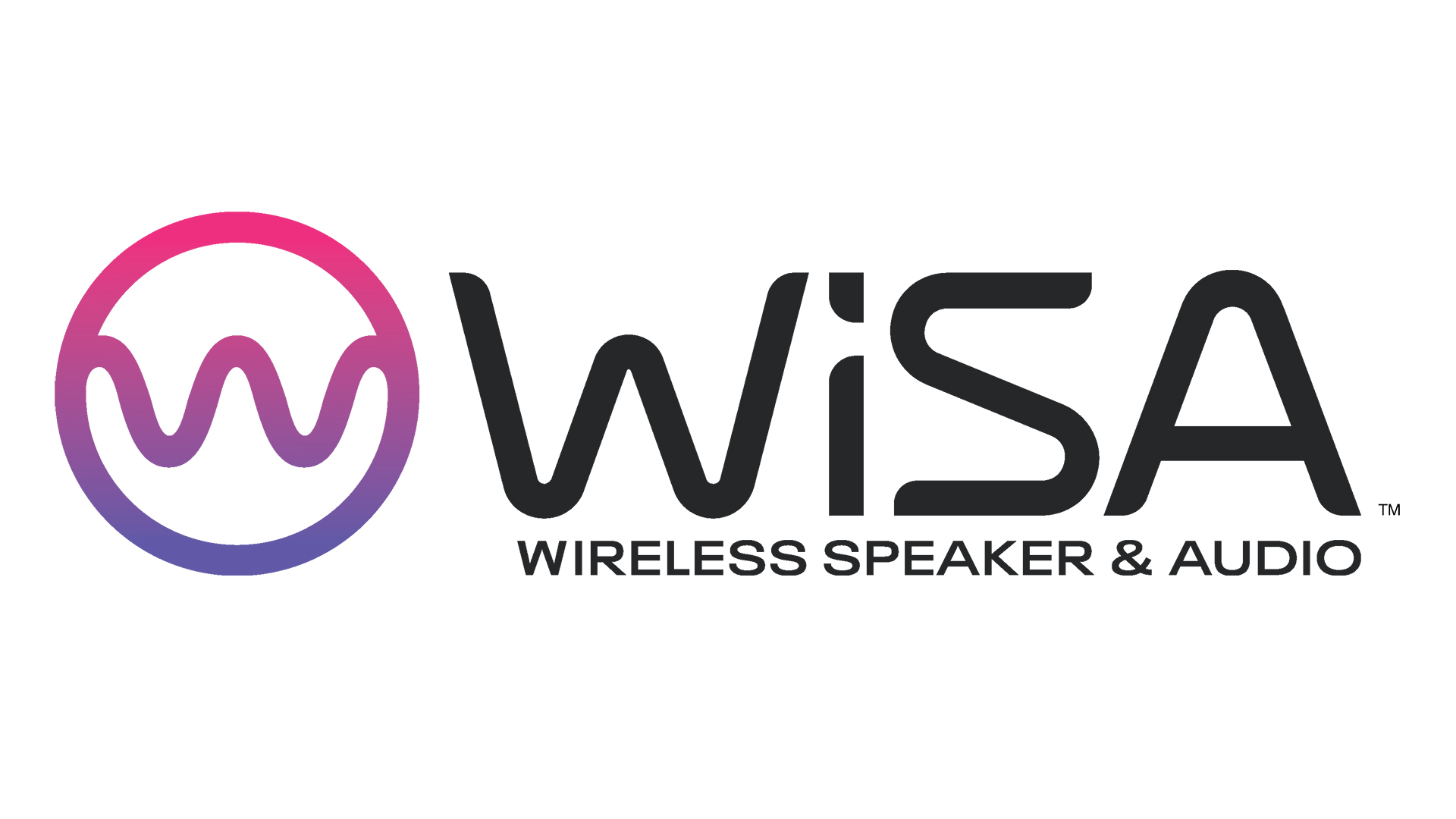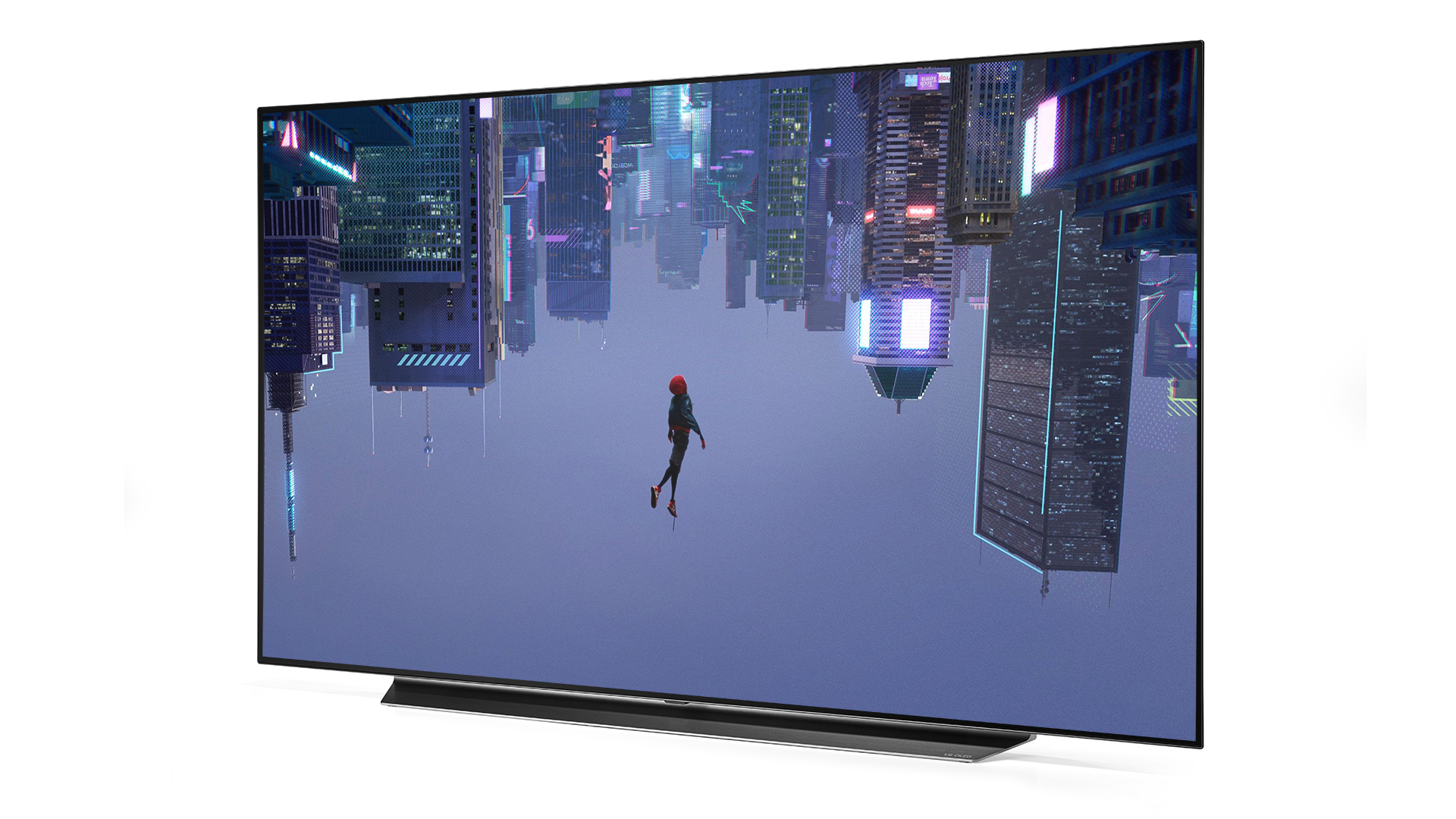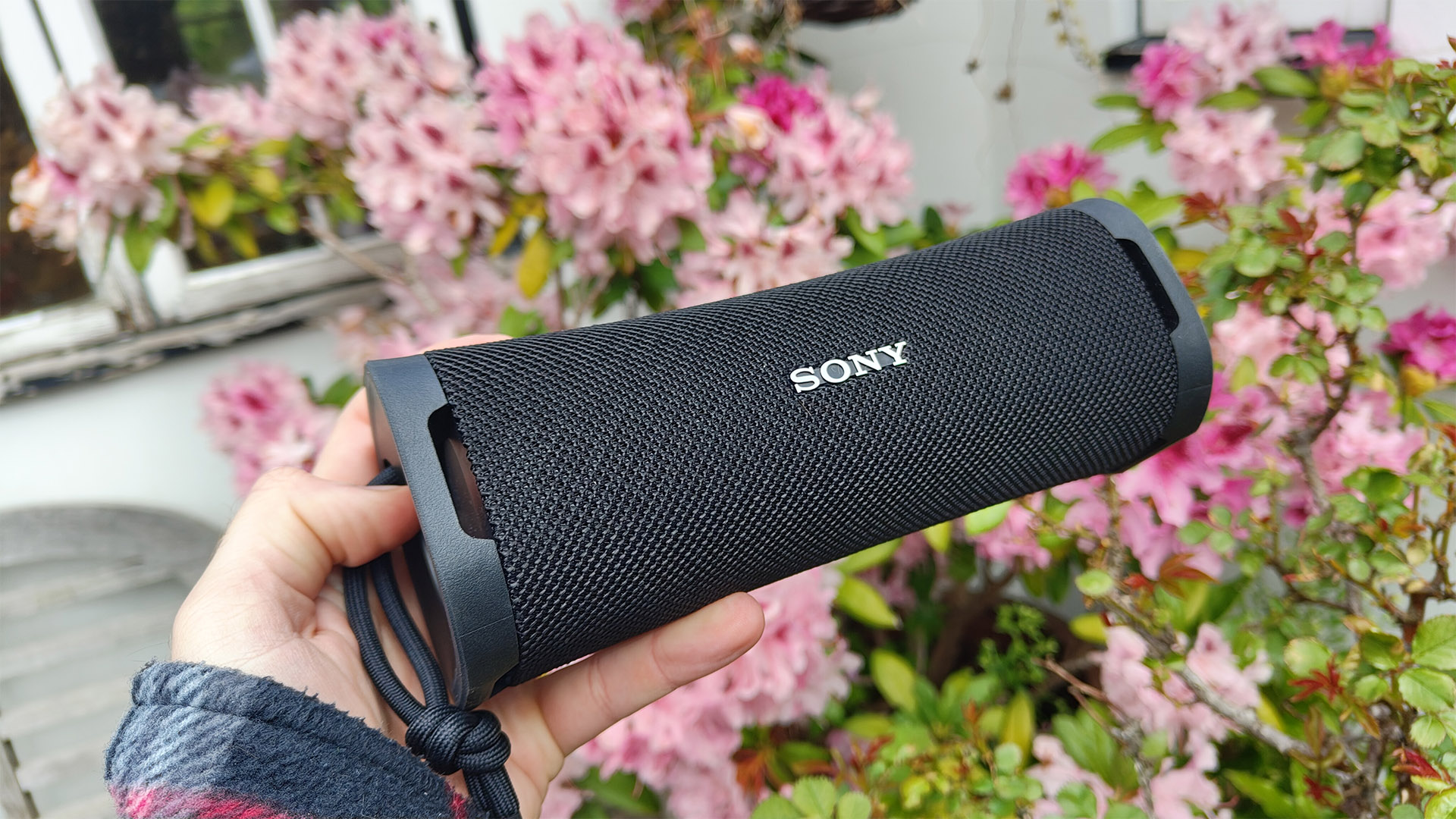WiSA: everything you need to know about the wireless audio standard
A simpler way to build the system of your dreams?

The road to system nirvana can be a tricky one to negotiate. For many of us, it's hard enough finding space to squeeze in a simple stereo system, never mind a 5.1 package or all-singing Dolby Atmos set-up.
You need enough shelf space for all your electronics, and that's even before you attempt to try and wire it all up. Speaker cable draped across and around your room doesn't exactly help the Feng Shui.
Enter WiSA, an association of brands that have teamed up to create a new standard for multi-channel wireless audio. The aim is to make set-up easy and take the hassle (and wires) out of building a system out of multiple speakers, while maintaining sound quality.
But what exactly is WiSA, what are the specs of the new standard and which products actually work with it?
What is WiSA?
WiSA stands for the Wireless Speaker and Audio Association, a trade body comprised of audio, consumer electronics and manufacturing brands.
They’ve joined forces with a mission to “collectively define worldwide standards for wireless, high-definition, multi-channel audio”.
The Association has over 60 members, including brands such as Bang & Olufsen, Denon, Harman, LG, Onkyo, Pioneer, TCL, TEAC, THX and Xbox.
The latest hi-fi, home cinema and tech news, reviews, buying advice and deals, direct to your inbox.
According to the WiSA website, their aim is to "work together to define and implement worldwide standards for high definition, multi-channel, low latency audio for TV, movies, gaming and music”. In short, if you want to put together an audio system majoring on convenience, WiSA would like you to adopt its standard.
WiSA speakers and other compatible products should work seamlessly together in everything from a stereo to full-blown surround sound configuration, thus removing the need to tangle up your living room with various lengths of cable.

What is the WiSA specification?
The standard allows up to eight channels of uncompressed 24-bit/96kHz hi-res audio with low 5.2ms latency and less then one microsecond of synchronisation between speakers.
Translated, this means you can theoretically beam wireless, hi-res audio with no audible lag. The last point is particularly relevant, because nobody wants lip-sync issues between the speakers and the picture they're watching.
The standard caters for various speaker set-ups, from a traditional stereo set-up to 5.1, 7.1 and even Dolby Atmos systems, with the basic 5.1.2 speaker configuration.
How does WiSA work? What are the benefits?
The whole point is to simplify setting up a wireless audio system. So, WiSA is plug-and-play with various compatible components all talking to each other once they’re unboxed and plugged into your mains.
Depending on the kit involved, audio can be transmitted at up to 24-bit/48kHz or 24-bit/96kHz sample rates, which should allow for a higher quality music and movie soundtracks, including Dolby Atmos and DTS:X, to be passed through your system.
It’s claimed that WiSA’s wireless tech offers one-tenth of the latency of Bluetooth and that any compatible speakers are synchronised to within one millionth of a second no matter how many used in your system.
WiSA systems also automatically recognise the type and number of compatible speakers being used, so you shouldn't need to go through any long set-up menus, such as when calibrating a surround speaker package with an AV receiver.
There is one catch though. Although WiSA will help you strip the majority of your wires out of your system, it will never be completely wireless. Each of your speakers still requires power and a mains socket in close proximity.

Which products support WiSA technology?
The main thing you need to look out for is either a WiSA-certified or WiSA-ready logo. Some products will display this on their packaging, while others will have an option to use the technology in their on-screen menus.
If it’s WiSA-certified, the product is ready to work with other certified products out of the box. If it’s WiSA-ready, this means you’ll need to add a WiSA transmitter. This tends to relate more to televisions, such as LG’s 2019 OLED TV range.
Plug in a transmitter and the WiSA-certified speakers connect to the dongle and take care of the rest. This way you effectively take a traditional AV receiver out of the equation.
Of course, if your TV doesn't support WiSA, you still need to be able to plug all your sources into a compatible hub. In the US, the Axiim Q UHD Media Centre AVR is WiSA certified and has a number of HDMI inputs for all your sources. Using the WiSA standard, it transmits audio to compatible speaker systems, including its own WM Series.
At the time of writing, other WiSA-certified products include Klipsch's Reference Wireless speakers, B&O Beolab 17, 18 and 19 wireless speakers and Harman Kardon's Citation range of smart speakers.
On the WiSA TV front, currently LG's entire 2019 OLED TV and SUHD LCD TVs are WiSA-ready. Other TV manufacturers such as TCL are also members of the Association, but we're yet to hear confirmation of any other actual models, besides the LGs, that support it.

Is WiSA technology any good?
On paper it looks like a neat solution, although our experience of WiSA-enabled systems has been limited to a brief demo at CES 2019, where a 2019 LG OLED TV was transmitting surround sound to a compatible Klipsch Reference speaker package.
The technology worked fine during our brief demo, but we’d need to experience setting up and listening to a system for a prolonged period to see how it fares.
A large number of brands have signed up to the WiSA Association, but it feels as though the technology is still in its infancy. Apart from the products mentioned, we haven’t come across many that are actually WiSA certified. We'll be sure to add any updates and new, compatible products to this page over the coming months.
MORE:
- Best Blu-ray and 4K Blu-ray players 2019
- Best speaker packages 2019: budget to premium, 5.1 and Dolby Atmos
- Best hi-fi systems 2019: micro, hi-fi, vinyl
Andy is Deputy Editor of What Hi-Fi? and a consumer electronics journalist with nearly 20 years of experience writing news, reviews and features. Over the years he's also contributed to a number of other outlets, including The Sunday Times, the BBC, Stuff, and BA High Life Magazine. Premium wireless earbuds are his passion but he's also keen on car tech and in-car audio systems and can often be found cruising the countryside testing the latest set-ups. In his spare time Andy is a keen golfer and gamer.

